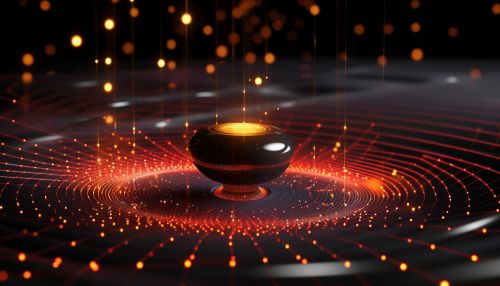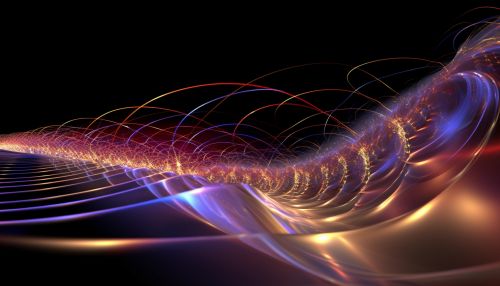The Physics of Quantum Harmonic Oscillator
Introduction
The quantum harmonic oscillator is a model that describes particles vibrating about an equilibrium point. It is one of the fundamental models in quantum mechanics and has applications in various fields such as quantum field theory, quantum optics, and condensed matter physics. This model is particularly important because it can be solved exactly, and many complex systems can be approximated as a collection of independent harmonic oscillators.


Quantum Harmonic Oscillator Model
The quantum harmonic oscillator model is based on the classical harmonic oscillator, which describes the motion of a particle in a potential energy well shaped like a parabola. When this model is treated quantum mechanically, the resulting system is the quantum harmonic oscillator.
The Hamiltonian for a one-dimensional quantum harmonic oscillator is given by:
H = p^2/2m + 1/2 mω^2 x^2
where p is the momentum operator, m is the mass of the particle, ω is the angular frequency of the oscillator, and x is the position operator.


Energy Levels and Wave Functions
The energy levels of a quantum harmonic oscillator are quantized, meaning they can only take on certain discrete values. These energy levels are given by:
E_n = ℏω(n + 1/2)
where ℏ is the reduced Planck's constant, n is a non-negative integer representing the energy level, and ω is the angular frequency of the oscillator.
The wave functions for the quantum harmonic oscillator can be found by solving the Schrödinger equation for the system. These wave functions are given by Hermite polynomials multiplied by a Gaussian function.


Applications
The quantum harmonic oscillator model has a wide range of applications in many areas of physics. In quantum field theory, the creation and annihilation operators of the quantum harmonic oscillator are used to describe the creation and annihilation of particles. In quantum optics, the quantum harmonic oscillator model is used to describe the behavior of light in cavities. In condensed matter physics, the quantum harmonic oscillator model is used to describe vibrations in a crystal lattice.


